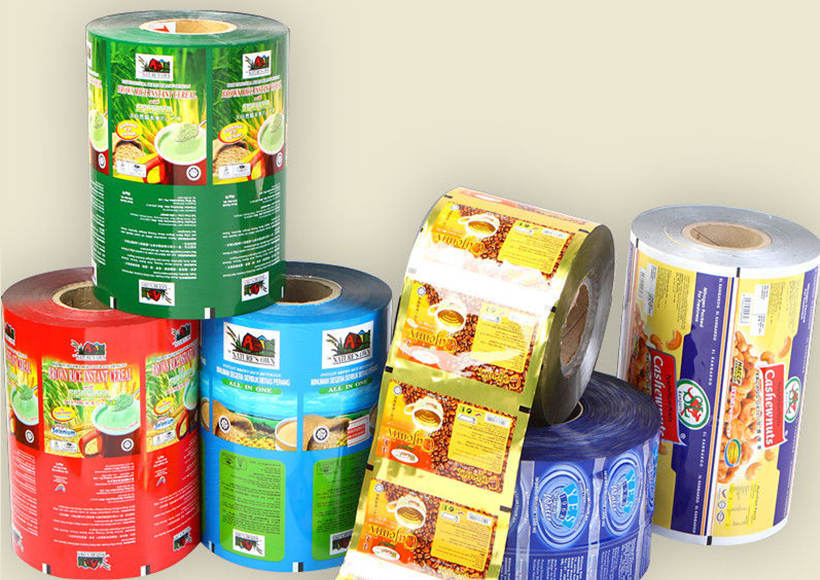Source: Link Testing Instruments Co.,Ltd.

The friction coefficient is an important property of packaging materials and a parameter index that characterizes the material's smoothness. The value of this index is related to the smoothness of the material surface and the performance of the friction surface it contacts. Packaging materials generally adjust their own friction coefficient by adding additives such as opening agents, lubricants, and antistatic agents to reduce the mutual adhesion between materials caused by molecular chain entanglement, static electricity, and other factors, and improve the smoothness of the material. Therefore, the amount and uniformity of additives added to the material that can reduce the friction coefficient are important factors affecting the material's friction coefficient. In addition, the stiffness, printing, and lamination of the material itself may affect the material's smoothness.
In order to successfully complete the packaging process, the friction coefficient of the inner film (the surface in direct contact with the product) and the outer film of the soft plastic packaging material are required to be different. For example, the friction coefficient of the inner film of BOPP material used for cigarette film packaging is generally larger to ensure the accurate positioning of the cigarette film and the compactness of the cigarette package; the friction coefficient of the outer film is smaller to facilitate the sliding of the cigarette film between packaging equipment. The above factors that affect the friction coefficient of the material help to achieve the differentiated requirements for the friction coefficient of different surfaces of the packaging material. This article tests and compares the friction coefficients of different surfaces of the same packaging material.
Testing Basis and Test Instruments
The test is based on the standard GB 10006-1988 "Method for Determination of Friction Coefficient of Plastic Film and Sheet", which is applicable to the test process of static friction coefficient and dynamic friction coefficient of non-sticky plastic film and sheet with a thickness of less than 0.2 mm when sliding on the surface of itself or other materials.
This test uses LTMXS-06 friction coefficient meter as the test equipment to test the friction coefficient between the inner film and the inner film, and the outer film and the outer film of the sample. The equipment is independently developed and produced by Link Testing Instruments Co.,Ltd.
Test principle: The test measures the change in force of the sample on the friction surface from static to uniform motion for a certain distance under a certain pressure to obtain the friction coefficient between the sample and the friction surface. The pressure on the sample surface is applied by a slider of corresponding specifications. The ratio of the maximum force value measured before the sample slides to the above pressure is the static friction coefficient, and the ratio of the tensile force value measured during the sliding process of the sample to the above pressure is the dynamic friction coefficient.
Test samples and test process
Test samples: This test uses plastic composite film for food packaging as the test sample.
Test process:
(1) Sample cutting: With the inner film of the sample to be tested facing upward, cut 3 samples of 8 cm × 20 cm and 63 mm × 100 mm for the test of inner film against inner film; then with the outer film facing upward, cut 3 samples of 8 cm × 20 cm and 63 mm × 100 mm for the test of outer film against outer film. Do not touch the test area of the sample with your hands during the sample cutting process.
(2) Parameter setting: Set the test speed, test stroke, sample name and other parameter information on the equipment control software.
(3) Test: Take a 63 mm × 100 mm sample and clamp it on the slider, and take another 8 cm × 20 cm sample and stick it to the horizontal test bench with transparent tape. The tape cannot touch the test area. When the inner film is tested against the inner film, the outer film of the sample is in direct contact with the slider and the test bench. When the outer film is tested against the outer film, the inner film is in direct contact with the slider and the test bench. During the sample loading process, the hands cannot touch the test surface of the sample.
Click the test option and the test starts. The equipment displays the force value change of the sample from relative stillness to sliding in real time, and reports the measured static friction coefficient and dynamic friction coefficient after the test.
Repeat the sample loading and click test operation until all 6 groups of samples are tested.
Test results and analysis
The average static friction coefficient of the inner film against the inner film of the three groups of samples tested in this test is 0.241, and the average dynamic friction coefficient is 0.216; the average static friction coefficient of the outer film against the outer film is 0.203, and the average dynamic friction coefficient is 0.191.
According to the test results, the friction coefficient of the outer film of the plastic composite film sample tested this time is smaller than that of the inner film, and the static friction coefficient of both surfaces of the sample is greater than the dynamic friction coefficient. In the process of selecting, cutting and clamping the sample, creases and contamination on the sample surface should be avoided to ensure the stability and accuracy of the test results.
For more details please visit www.linktesting.org